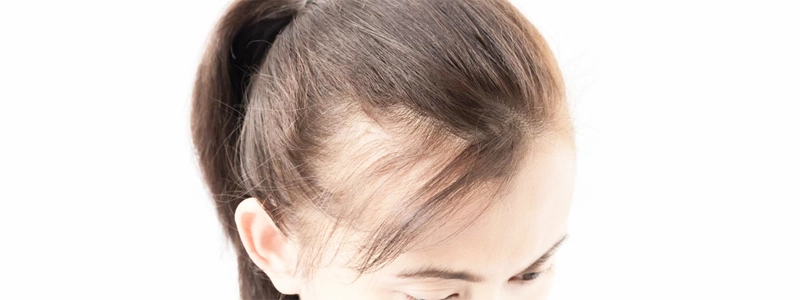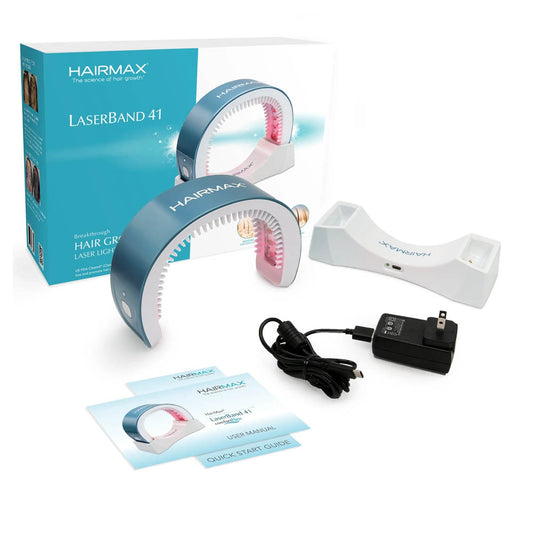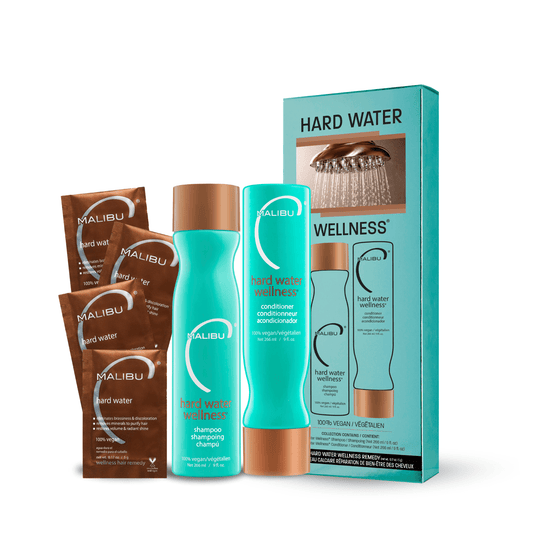
Traction Alopecia: Is Your Hairstyle Contributing to Your Hair Loss?
Share
When it comes to hair, we all want it to look its best. We experiment with different styles, colors, and products to achieve the perfect look. However, in the pursuit of beauty, we may unknowingly be causing harm to our hair. One common but often overlooked cause of hair loss is traction alopecia. In this blog post, we will explore what traction alopecia is, its causes, and how your hairstyle might be contributing to this condition.
What is Traction Alopecia?

Traction alopecia is a form of hair loss caused by the excessive pulling or tension on hair follicles. Unlike other types of hair loss, such as male pattern baldness or hormonal hair loss, traction alopecia is entirely preventable. It typically occurs when hair is repeatedly subjected to tight hairstyles or other forms of mechanical stress.
Hairstyles That Can Contribute to Traction Alopecia

Tight Ponytails and Braids: Wearing your hair in tight ponytails or braids can put a significant amount of stress on your hair follicles. The constant pulling can lead to hair loss along the hairline and temples.

Cornrows: Cornrows involve tightly braiding the hair close to the scalp. This can lead to a great deal of tension on the hair follicles, potentially causing damage and hair loss in the affected areas.

Extensions and Weaves: Hair extensions and weaves, while a popular way to achieve longer or thicker hair, can also contribute to traction alopecia. The added weight and tension from the extensions can weaken hair follicles over time. 
Tight Headbands and Hair Accessories: Wearing tight headbands or other hair accessories can put pressure on the hairline, leading to hair loss in the affected areas.

Chemical Treatments: Chemical treatments such as relaxers and perms can weaken the hair shaft, making it more susceptible to breakage and hair loss.
Signs and Symptoms
Recognizing the signs of traction alopecia is crucial for early intervention. Common symptoms include:
- Thinning hair along the hairline: Traction alopecia often starts with thinning hair around the forehead and temples.
- Redness and soreness: The affected areas may become red and sore due to the constant pulling and tension.
- Small bumps or pimples: Some individuals may develop small bumps or pimples along the hairline as a result of inflammation.
- Hair breakage: Hair near the hairline may become brittle and prone to breakage.
Preventing Traction Alopecia
The good news is that traction alopecia is entirely preventable. Here are some steps you can take to protect your hair:

Avoid Tight Hairstyles: Opt for looser hairstyles that don't put excessive tension on your hair follicles. If you love braids or ponytails, make sure they are not too tight.

Limit the Use of Extensions: If you enjoy using hair extensions or weaves, try to limit their use and give your hair a break between installations.
Use Gentle Hair Accessories: Choose hair accessories that are not too tight and don't pull on your hairline.
Avoid Chemical Overprocessing: Be cautious when using chemical treatments on your hair. Overprocessing can weaken your hair and make it more prone to breakage.

Practice Proper Hair Care: Maintain a healthy hair care routine, including regular washing and conditioning, to keep your hair strong and resilient. For traction alopecia, Hairmax laser therapy is an effective hair loss treatment on its own. Hairmax laser therapy can also be used as a hair loss treatment for hormonal or hereditary hair loss. Hairmax laser hair growth devices can be used alone or as part of a combination therapy plan.
Your hairstyle plays a significant role in the health of your hair. While it's natural to want to experiment with different looks, it's essential to be mindful of the potential risks, including traction alopecia. By choosing hairstyles that are gentle on your hair and taking steps to prevent excessive tension, you can maintain a healthy, full head of hair without the risk of hair loss. Remember, your hair deserves the best care you can provide, so choose your hairstyles wisely to keep it looking its best for years to come.



